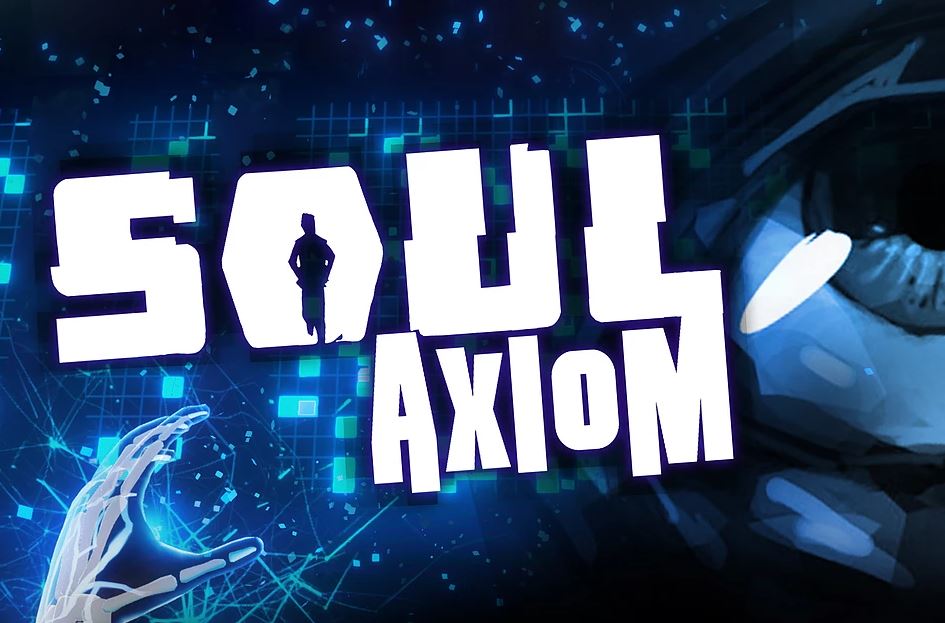
Soul Axiom is the kind of game that the Wii U needs. It promises ethereal, stylish first person action adventure and a compelling story, focusing on the kind of gameplay that core audiences would enjoy. And while Soul Axiom makes those promises, it never consistently delivers them.
There is a lot of style in Wales Interactive’s vision. Set in the near future where souls are uploaded into a digital afterlife, the game moves us from locale to locale as we work to save and preserve said souls of the recently departed. It’s moody and atmospheric, and often gets us to lean in to the screen (or back out, if we sense a chill). From a central hub we travel from gothic past to Tron-like future, and every place in between. Wales manage to deliver at least a respectable variety of concepts to the screen, each with a distinct feel. The game’s intro seems to set us up for this, dropping us through a cloud of memories onto a floating ship, before being attacked by a giant monster.
It’s a great, intriguing jump into the world of Soul Axiom. Unfortunately it falls apart soon after that.
For one, the plot sort of just pushes us along, without fully letting us get too deep into its narrative. The characters are supremely under-developed, and often feel as empty as the world around them. Everything feels rushed, to the point where actual cut scenes pause half way through in order for us to go find and download the rest of the scene within the game — yes, it’s actually intentional. The goal is to piece things together ourselves, but in reality forces an unnecessarily disjointed flow.
It could be hypothesized that we only get snippets in order to get us back into puzzle solving and experiencing the protagonist’s unique abilities.
Much like many other narrative-driven first person adventures (BioShock, Portal) puzzle-solving relies on the special powers we unlock and use to get past specific situations. Some puzzles require that we control time to pause and play a scene, while others ask us to explode things. Rarely if ever is there a combination of ability usage, which leads to feeling like the puzzles themselves are more or less a step-by-step chore. Sometimes, we might even be asked to follow the obvious instructions only to not be able to solve the puzzle that way at all.
The inconsistency in puzzle design (one easy, the next brutally hard, and the next solvable by a toddler) can be frustrating. The lack of build up may be because of the “solve as you will” hub design, but it would be nice to feel as though there is progression in difficulty.

If we’re able to get past the mundane puzzles and broken narrative, the variety in the environments may be enough to keep us moderately engaged, especially so if we only have a Wii U and are looking for last hurrah’s before the Switch takes over. That probably isn’t enough for the majority of us, though. The concept behind Soul Axiom is intriguing, and Wales Interactive throw a lot of ideas at the wall in hopes that some will stick, but that ultimately results in an unfocused, uncohesive experience where scaling back may have been a better option.
Soul Axiom has a lot of ideas, but they only ever end up skin deep.
This review is based on an eShop code for the Wii U sent to SideQuesting by the publisher. Soul Axiom was released for the Wii U in Fall 2016.



No Comments